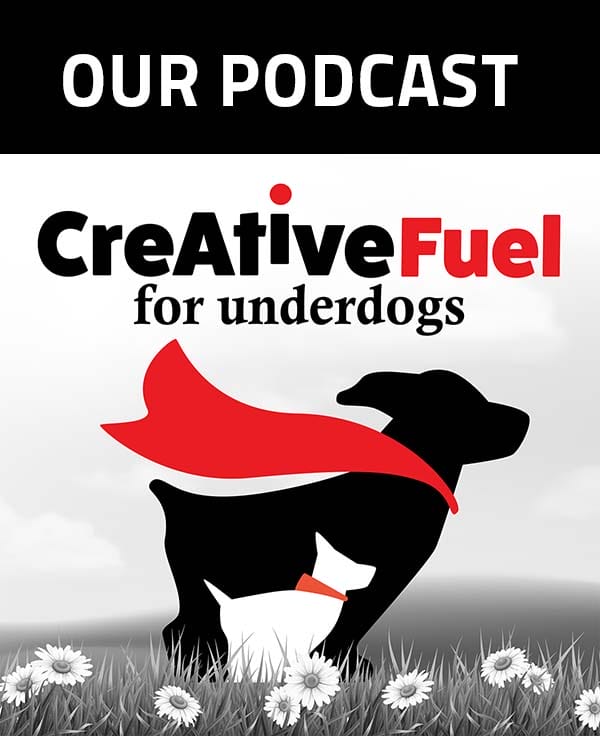Effective Industrial Marketing Strategy
It can be tempting to write about your business from your perspective. After all, you know exactly what you do and how you do it, and you know the features and benefits inside out. So many first drafts of web copy start out with “We are so-and-so, and we offer the best widgets on the market for the best price.” While that is certainly a way to bring your product or service to market, it is not as effective as tailoring your language to your intended audience.

How can you do that? What does it mean to speak your audience’s language? How do you adjust what you write to be more engaging? This blog post will answer those questions and more.
Identify Your Target Audiences
When writing copy for your business, you need to focus on who will be reading what you write. This will give you some direction on the language, complexity, jargon, and tone of what you write and will make your writing more communicative and effective.
Consider your primary, secondary, and tertiary audiences all at the same time.
Primary audience
Your primary audience is the people you are communicating with directly—your customers. These are the people that the messaging will be tailored to directly, and the people who will be direct recipients of the language you write. If you’re writing web copy, the primary audience will be the intended reader of your content. The person with the problem your solution can solve.
Secondary audience
The secondary audience are the readers who are not directly affected by the problem/solution, but who still need winning over because they have some say over purchasing and procurement. A good rule of thumb in the B2B space is to think of the secondary audience as your primary audience’s boss. Remember they will read what you write too, so make sure you include language that resonates with them as well.
Tertiary audience
The tertiary audience is the people for whom the message was not intended, but who read it anyway. Imagine here a legal team reviewing your offer, or a future potential employee getting their first glimpse at your company. You’ll probably not write straight for the tertiary audience, but you’ll bear them in mind as you are composing your copy.
Building a persona
Sometimes it is easier to visualize a fictional character you are writing to as this helps clarify and focus the mind on a typical reader. You can consider that person while writing your copy, imagining what their response would be to the copy you are creating. Some marketers go as far as to naming these avatars to make them seem like real individuals. The most important thing to do here is to write in a way that would resonate with someone within these demographics.
Examples of personas

Audience Persona #1
Primary Audience persona: Jeff
Job title: Site manager
Age: 56
Gender: M
Years in career: 35+
Salary range: Solidly middle class
Education: High school, trade school
Attributes: No-nonsense, friendly, professional, intelligent, works with people, married with adult kids, dedicated to company, Christian, conservative.
Pain points: Wants to automate some processes to get more productivity from direct reports.
Language to use: Clear and direct sentences. Prefers simple and easy-to-read copy. Too busy for wordplay. Tell him the “what” and the “why” as quickly and as clearly as possible.
Secondary audience: Senior management/procurement who take recommendations from Jeff but who control the budget.
Tertiary audience: Colleagues, including younger coworkers who will one day replace Jeff.

Audience Persona #2
Primary Audience persona: Helen
Job title: Architect
Age: 35
Gender: F
Years in career: 12+
Salary range: Upper-middle class
Education: Master’s degree
Attributes: Detail-oriented, professional, intelligent, stickler for accuracy, engaged to be married, strong-willed.
Pain points: Wants to find exciting ways to impress her clients.
Language to use: Clear and direct sentences. Thinks practically and abstractly. Appreciates thoroughness and detail. Patient.
Secondary audience: Clients, partners.
Tertiary audience: Junior colleagues who may have sway over her decision-making.
These two examples of personas show that there are similarities and differences in the way you should write for the respective audiences. For Jeff, a simple sell sheet or short video with information on products and services might be the best approach—anything longer or more involved, he may not have time to read it. Helen is more likely to want an exhaustive and detailed document that covers everything in detail. Both, however, enjoy clear and direct sentences—there are some tenets of good writing that transcend the persona exercise.
Before writing your next piece, consider the reader of what you’re writing. How will they react? What’s the best way of approaching the project? Who else will see what you’re writing?
When composing, be specific and stick to your persona; you’ll create more successful campaigns for clients who feel like you understand them deeply.
Featured Services:
SEO Recovery | SEO Services | Web Design For SEO | B2B SEO | B2C SEO | SEO Case Studies | SEO Company Near Me | SEO Agency Akron | SEO Expert Near Me | Marketing Agencies Near Me | Marketing Agency Akron | SEO for Manufacturers | Manufacturing SEO Agency





